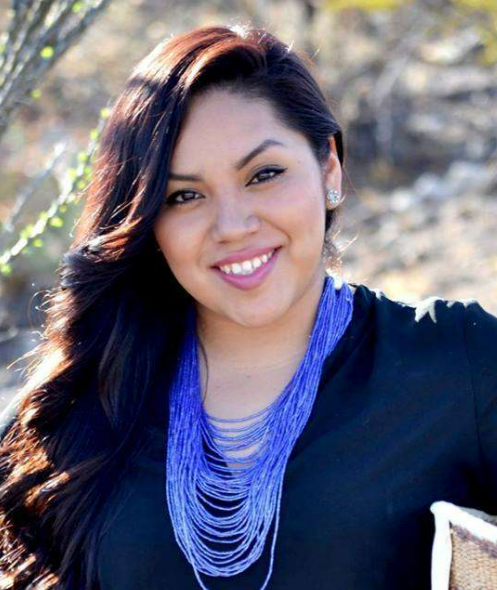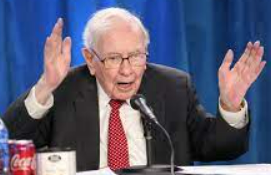
Aria Thomas
Apr 08, 2022 09:57

Qatar Airways and Airbus's feud escalated to the industry's best-selling model in January, when Airbus withdrew a Qatar order for the smaller A321neo, claiming "enough is enough '' after the public outcry over the A350's safety.
Qatar requested a UK court on Thursday to halt the cancellation awaiting the conclusion of a full trial, which is anticipated to take months. The first A321neo is scheduled to arrive in 2023. Airbus's counsel said that a Boeing (NYSE:BA) airplane would be an acceptable alternative, which the airline highlighted contradicted the plane maker's marketing pitch.
The court postponed a ruling until at least April 26, when a second hearing in the entwined A350 dispute is scheduled.
The case exemplifies the complex relationship between France, where Airbus is headquartered, and one of the Gulf state's closest friends. Qatar is a significant gas producer, and Europe is attempting to wean itself from Russian gas.
Additionally, court files have provided light on industrial planning and the specifics of often clandestine airplane talks.
Qatar started the A350, Europe's answer to the Boeing 787 Dreamliner, in 2007 with an order for 80 aircraft to service its Doha hub, making the airline the A350's largest operator.
However, it has grounded 23 of the planes since last year, citing worries about lightning protection issues highlighted by cracked and bubbling paint.
It is suing Airbus for compensation that has slowly increased to more than $1 billion.
"One would obviously not want to be seated under a roof in such a state," Qatar Airways' lawyer Philip Shepherd said in court, alluding to damage to the crown of the A350's fuselage.
The world's biggest planemaker has admitted quality issues but maintains that damage is well within safety limits, stressing that European authorities deem them to be airworthy and other airlines continue to fly them despite similar discoveries of varying degrees.
Lightning hits planes around once a year, and the A350's lightweight carbon fuselage is protected by a coating of copper foil.
Airbus said in court that relations with the Gulf carrier had "seriously deteriorated" after what it described as a maneuver to get reimbursement and mask low demand for airline tickets.
Qatar claims Airbus has broken its commitments and maintains that it urgently needs more aircraft to hold the World Cup this year.
"Airbus believes Qatar Airways' behavior has resulted in the breakdown of ties," Airbus attorney Sonia Tolaney said.
The two parties engaged in what amounted to an industrial custody battle in court, disputing their ability to collaborate on other aircraft remaining in the fleet or still to be delivered.
Cooperation is critical as the court considers whether to continue the A321neo transaction for the time being.
Qatar further accused Airbus of swaying the debate by raising the repair manual's threshold for anti-lightning mesh issues.
"That is just shrinking the goal at their end halfway through the game," Shepherd said at the hearing.
Airbus said that this misrepresents the facts but verified that the maximum gap had been raised to 1,000 mm2 from 200 mm2 as a result of technical studies.
To determine whether to grant Qatar's injunction request, the court will consider which party stands to lose the most and the plane's uniqueness in its category.
This is a critical point in Airbus's struggle with Boeing for sales in the market's most competitive segment. Arguments in court looked to be diametrically opposed to rhetoric at air shows.
Qatar Airways may replace the cancelled A321neos with the competitor Boeing 737 MAX, which the airline provisionally purchased in December, or with Airbus planes available via leasing firms, Airbus told the court.
The MAX's range is "similar, if not superior," according to Airbus attorney Tolaney.
Last year, Christian Scherer, Airbus' Chief Commercial Officer, said that the A321neo has "unmatched capabilities (and) operational economics." At the premium end of the single-aisle aircraft market, Airbus has outsold Boeing four to one.
Qatar Airways was allowed to promote the A321neo's "unique" perks, despite the judge's repeated questioning about whether the airline might have relied on leasing companies or Boeing instead.
According to analysts, Boeing's biggest MAX model has a shorter range than the A321neo, pushing the company to consider developing a new aircraft.
Airlines executives contacted by Reuters expressed no fear about the A350's airworthiness, but expressed frustration with the plane's intermittent surface issues and the collapse of an industry agreement on safety.
"This is detrimental to the industry's viability. Both parties must work together to resolve the dispute outside of the courts "Reuters spoke with the CEO of one of Airbus's customers.

Apr 07, 2022 10:23
